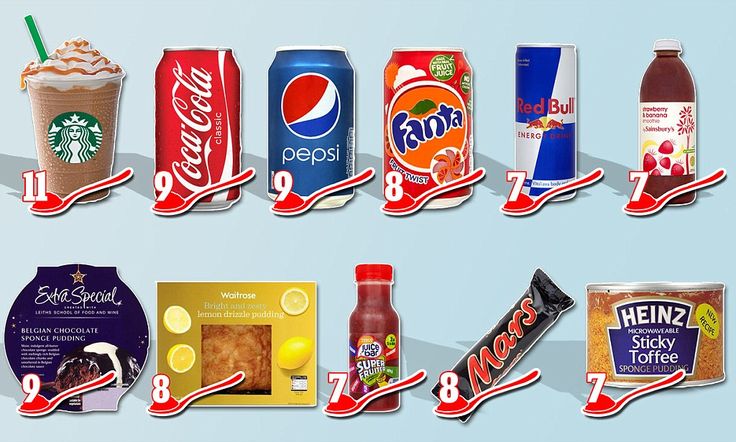
AHA Guidelines and Recommended Sugar Intake for Kids
The American Heart Association (AHA) has established guidelines for sugar intake in children, recognizing the significant impact of excessive sugar consumption on childhood obesity, dental health, and long-term cardiovascular risks. Here’s a comprehensive look at these guidelines and their implications:
AHA Recommendations:
- Children under 2 years:
- No added sugars in their diet
- This includes avoiding foods and beverages with added sugars
- Children and teens aged 2-18:
- Less than 6 teaspoons (25 grams) of added sugars per day
- No more than 8 ounces of sugar-sweetened beverages per week
Understanding Added Sugars:
Added sugars are sugars and syrups added to foods or beverages during processing or preparation. They don’t include naturally occurring sugars in fruits, vegetables, and milk.
Common sources of added sugars:
- Soft drinks and sports drinks
- Candy and desserts
- Sweetened cereals
- Flavored yogurts
- Processed snacks and baked goods
Why These Guidelines Matter:
- Health Impacts:
- Excessive sugar intake is linked to obesity, type 2 diabetes, and heart disease
- It can lead to tooth decay and poor nutrition
- Habit Formation:
- Early dietary habits can influence lifelong eating patterns
- Reducing sugar intake early can set the stage for healthier choices later in life
- Nutrient Displacement:
- High-sugar foods often replace more nutritious options in a child’s diet
Implementing the Guidelines:
- Read Labels:
- Check nutrition facts for added sugars
- Be aware of different names for sugar on ingredient lists
- Offer Alternatives:
- Provide whole fruits instead of fruit juices
- Choose unsweetened versions of foods like yogurt and applesauce
- Limit Sugary Drinks:
- Encourage water and milk as primary beverages
- Avoid or strictly limit sodas and sports drinks
- Cook at Home:
- Prepare meals using whole ingredients to control sugar content
- Experiment with natural sweeteners like fruit purees
- Educate Children:
- Teach kids about nutrition and the effects of excessive sugar
- Involve them in meal planning and preparation
- Gradual Changes:
- Slowly reduce sugar in the diet to allow taste preferences to adjust
- Focus on progress rather than perfection
Challenges and Considerations:
- Cultural and social factors can influence sugar consumption
- Marketing of sugary products often targets children
- Hidden sugars in seemingly healthy foods can be misleading
The AHA guidelines serve as a valuable tool for parents, educators, and healthcare providers in promoting healthier diets for children. By understanding and implementing these recommendations, we can work towards reducing the risks associated with excessive sugar intake and fostering better long-term health outcomes for the younger generation.




